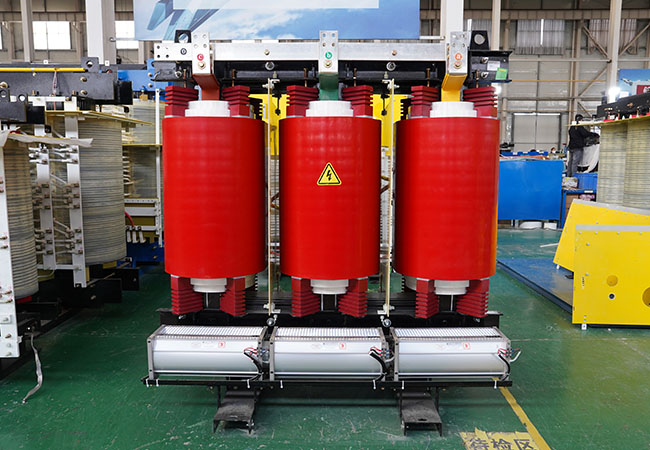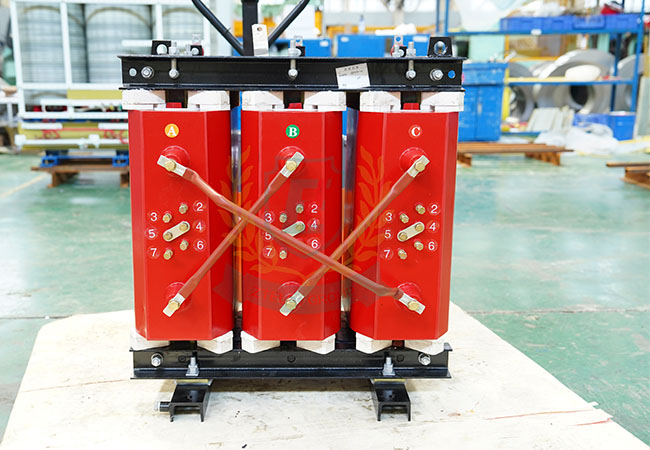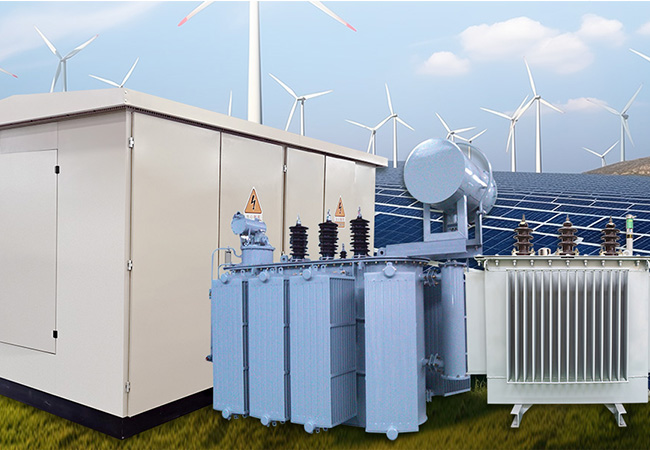What factors affect the price of dry-type transformers?
05-20 2025 | By:
The price of dry-type transformers is affected by many factors, mainly including the following aspects:
1. Type and specification: Different types of dry-type transformers, such as cast, enclosed and open, have different prices. In addition, the higher the specification parameters such as power, insulation level, operating temperature, the higher the technical requirements, and the higher the price.
2. Rated capacity and voltage: The larger the rated capacity and the higher the voltage level of the dry-type transformer, the higher the manufacturing cost and the higher the price. For example, the price of a 1600kVA dry-type transformer will be higher than that of a 1000kVA dry-type transformer.
3. Number of phases and cooling methods: Different phases and differences in cooling methods such as natural cooling and air cooling will also cause price changes. Air-cooled transformers may be more expensive than naturally cooled transformers because they need to be equipped with cooling fans and other equipment.
4. Raw material costs: The main raw materials of dry-type transformers include copper wire, silicon steel sheets, insulating materials, etc. The price fluctuations of these materials will directly affect the production cost of the transformer, and then affect the price. For example, when copper prices rise, the price of dry-type transformers with copper as winding material tends to rise.
5. Manufacturing process: Advanced manufacturing processes, such as automated production lines and the application of precision machining technology, can improve production efficiency and product quality, but will increase costs and lead to price increases: transformers produced by traditional processes are relatively low in price.
6. Brand influence: Dry-type transformers of well-known brands are usually relatively expensive due to their strong technical strength, guaranteed quality and good after-sales service. However, the prices of some small or unknown brands may be lower, but the quality and after-sales service may not be guaranteed.
7. Market demand and supply-demand relationship: When the market demand for dry-type transformers is strong and the supply is relatively insufficient, the price tends to rise; conversely, when the market supply exceeds demand, suppliers may lower prices to attract customers.
8. Transportation and installation costs: Factors such as the transportation distance, transportation method and installation difficulty of the transformer will affect the transportation and installation costs, which will increase the price of the transformer to a certain extent.
9. Additional costs: Taxes, packaging costs, after-sales service costs, etc. will also affect the price. Some manufacturers may provide free after-sales service, while others may charge extra, which will be reflected in the product price. 10. Policies, regulations and environmental protection requirements: Improved environmental protection standards may prompt companies to invest more money in technology upgrades to meet higher energy efficiency standards and other requirements, thereby increasing production costs and leading to price increases. In addition, the government’s tax policies, subsidy policies, etc. will also have an indirect impact on the price of dry-type transformers.
You may also find these interesting:



